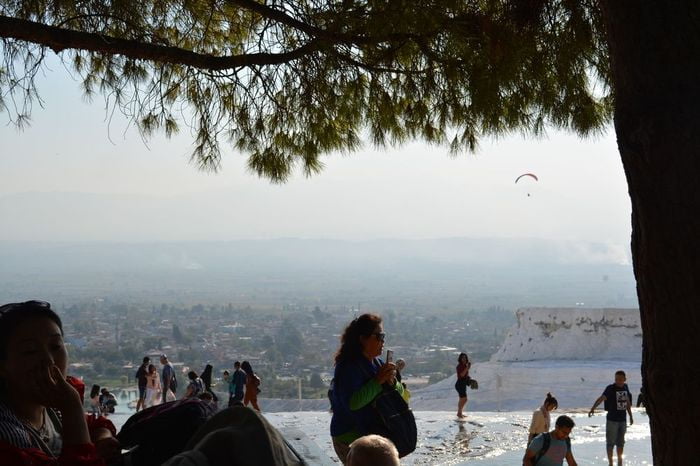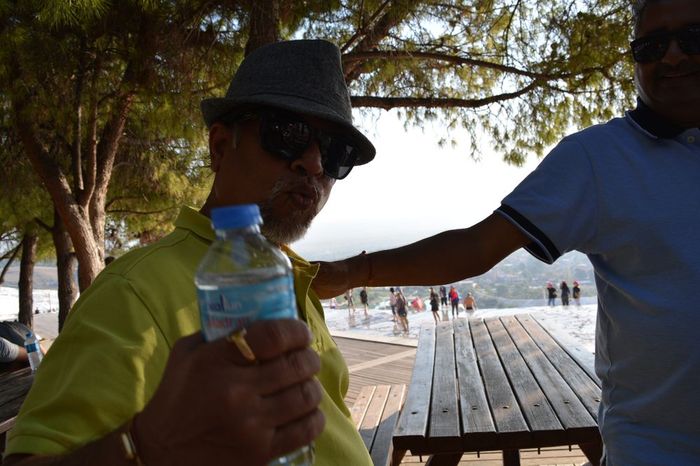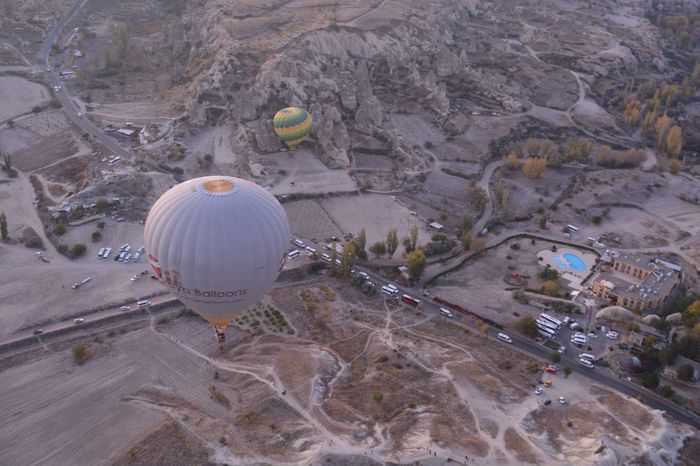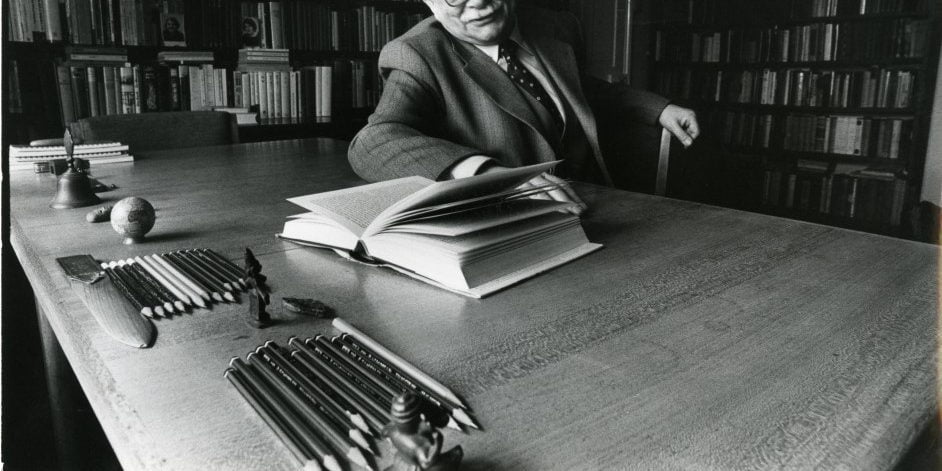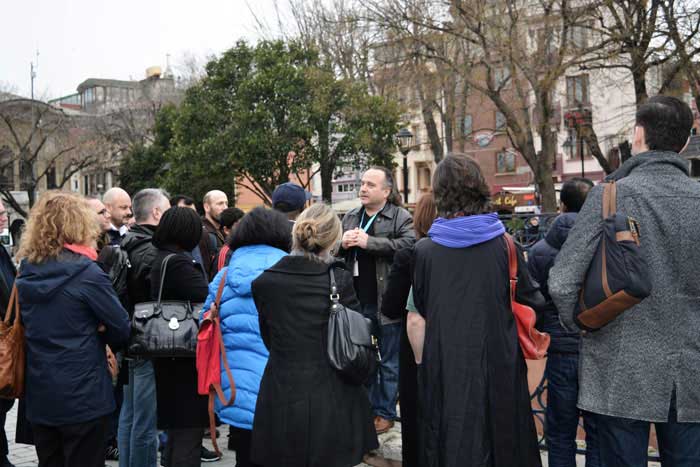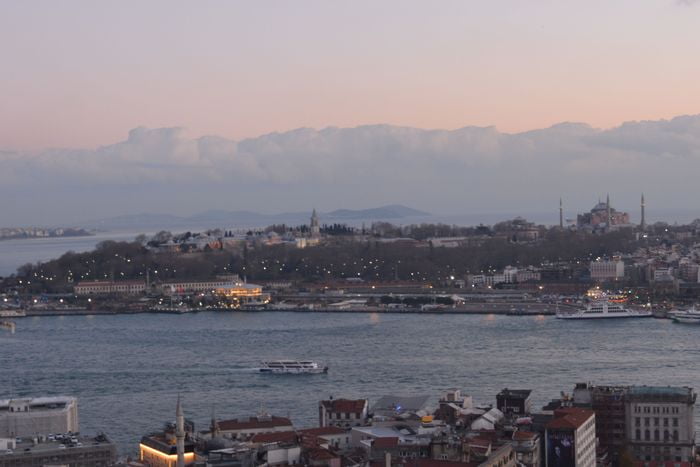John of Damascus part 10
Like Epiphanius, he brings the work to a close with a fervent profession of Faith. John’s authorship of this book has been challenged, for...
John of Damascus part 9
The most important and best known of all his works is that to which the author himself gave the name of “Fountain of Wisdom”...
John of Damascus part 8
Having secured an autograph letter written byJohn Damascene, he forged a letter, exactly similar in chirography, purporting to have been written by John to...
John of Damascus part 7
It is extremely unsatisfactory from the standpoint of historical criticism. An exasperating lack of detail, a pronounced legendary tendency, and a turgid style are...
John of Damascus part 6
Often, doubtless, when we have not the Lord’s passion in mind and see the image of Christ’s crucifixion, His saving passion is brought back...
John of Damascus part 5
From The Fount of Wisdom
But since some find fault with us for worshipping and honouring the image of our Saviour and that of our...
John of Damascus part 4
As it was answered to Moses, when he was to finish the tabernacle: “See” (He says), “that thou make all things according to the...
John of Damascus part 3
Either, therefore, take away images altogether and be out of harmony with God ,who made these regulations, or receive them with the language and...
John of Damascus part 2
Holy Scripture clothes in figure God and the angels, and the same holy man (Blessed Denis) explains why. When sensible things sufficiently render what...
John of Damascus part 1
John of Damascus: In Defense of Icons, c. 730
The Iconoclastic controversy lasted from 726, when Emperor Leo III (717-741) began an attack on the...


